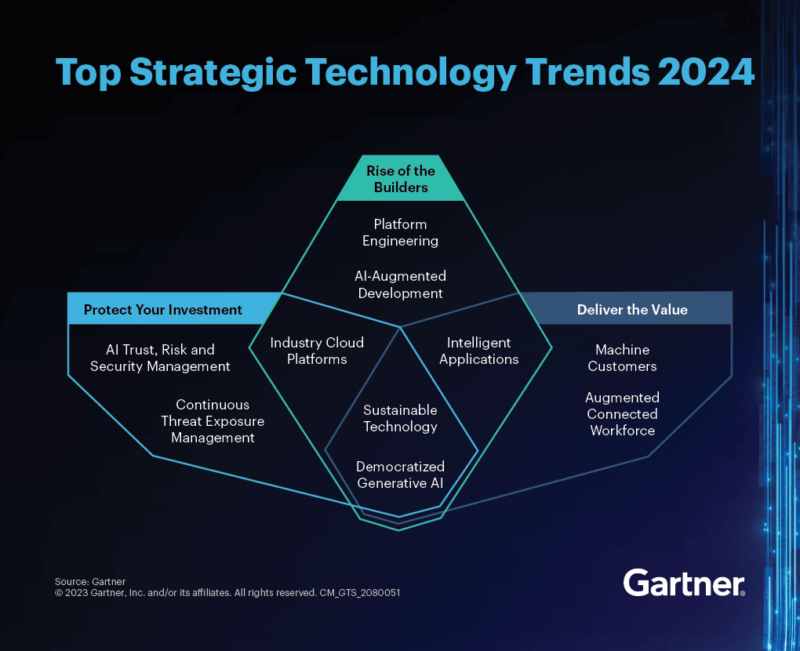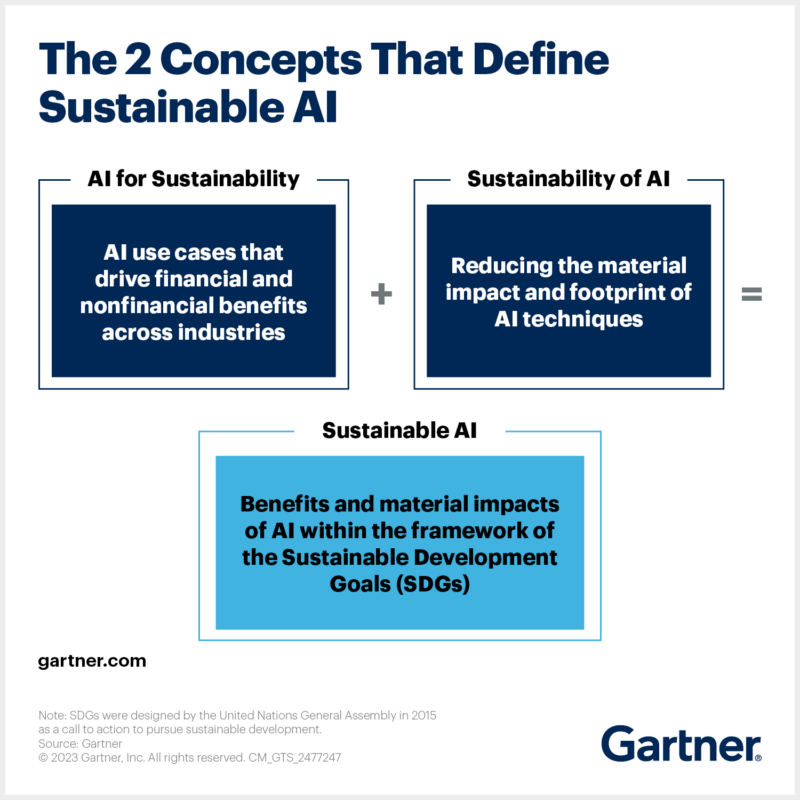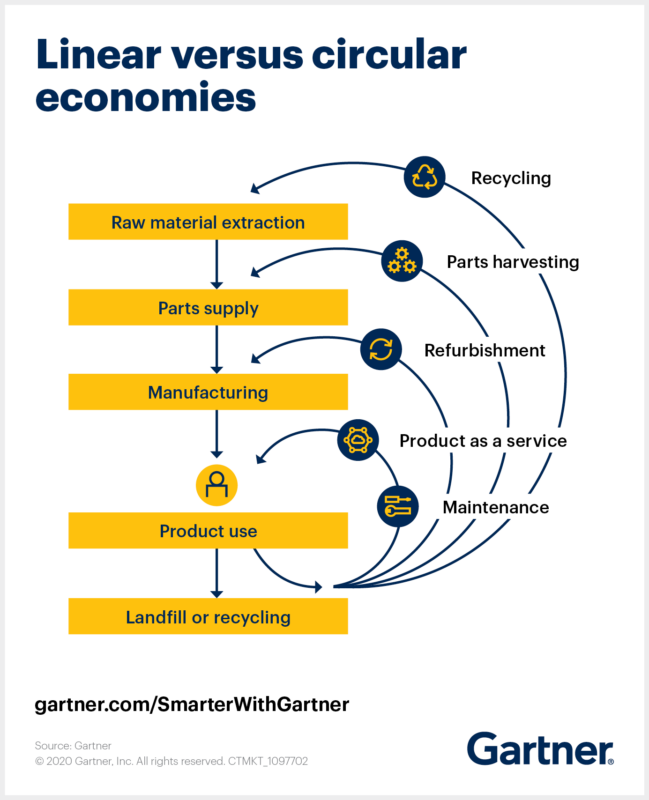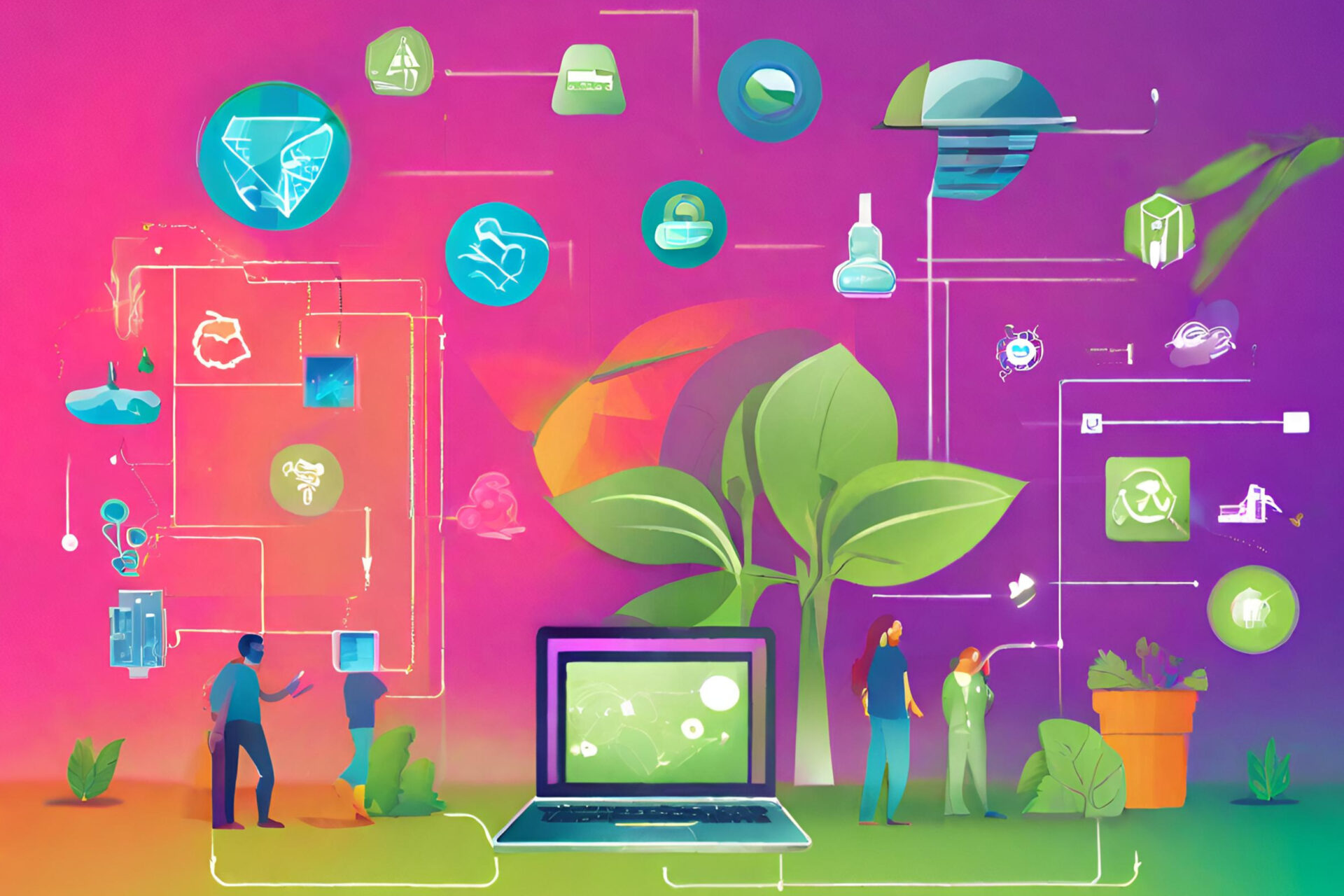
- Understanding Sustainable Technology
- The Importance of Innovations in Sustainable Technology
- Renewable Energy Advancements
- Overview of New Developments in Solar and Wind Power
- Integration of Renewable Energy into Mainstream Grids
- Cost Reduction and Market Competitiveness
- Electric Vehicles (EVs) and Transportation
- Evolution of EV Technology
- Expansion of EV Infrastructure
- Electrification of Public Transportation
- Sustainable Artificial Intelligence (AI)
- Decentralized AI and Edge Computing
- Promoting the Sustainable Use of AI
- Transparency and Accountability
- Green Building Materials
- Advancements in Eco-Friendly Construction
- Life Cycle Assessment and Environmental Certification
- Economic Incentives for Sustainable Construction
- Sustainable Agriculture Techniques
- Breakthroughs in Precision Farming and Aquaponics
- How Sustainable Agriculture Can Address Food Security
- Community-Supported Agriculture (CSA)
- Waste Management Solutions
- Innovations in Recycling and Upcycling
- Smart Bins and Internet of Things (IoT) in Waste Management
- The Future of Waste Reduction and Circular Economy
- Wrapping Up: Going Towards a Greener Future
- References
As we steer towards the future, technology is reshaping our world, creating new possibilities and opening doors for sustainable living. In fact, sustainable technology can be found in Gartner’s top 10 strategic technology trends for 2024, as indicated by their annual compilation of market segments to look out for (McCartney, 2023). Hence, this article dives into 6 promising innovations in sustainable technology that are set to make waves in 2024.
Understanding Sustainable Technology
Sustainable technology refers to the development and application of innovative solutions that aim to meet the needs of the present without compromising the ability of future generations to meet their own needs. The core principles of sustainable technology revolve around minimizing environmental impact, promoting resource efficiency, and fostering long-term economic and social well-being (Ironhack, 2023).
In simpler terms, it’s about finding solutions that work in harmony with our planet, rather than against it. As such, some key aspects of sustainable technology include renewable energy, resource efficiency, green building, clean transportation, waste management, smart agriculture, environmental monitoring, and circular economy practices.
The Importance of Innovations in Sustainable Technology
Innovations in sustainable technology play a pivotal role in addressing environmental challenges and mitigating climate change. While also carrying social and economic benefits, such as creating jobs and fostering global collaboration, these technologies contribute to environmental conservation, optimize resource use, and reduce greenhouse gas emissions. Consequently, investing in these innovations is crucial for building long-term resilience and ensuring a sustainable and equitable future.
Renewable Energy Advancements
One of the most promising fields in sustainable technology is renewable energy. As we strive to limit our reliance on fossil fuels, new developments in solar and wind power are paving the way forward.

Overview of New Developments in Solar and Wind Power
Advancements in solar technology have led to higher efficiency photovoltaic cells and solar panels that can harness more sunlight and convert it into electricity. Similarly, the wind energy sector has seen significant improvements with larger, more efficient wind turbines and offshore wind farms that can capitalize on the constant and powerful ocean winds.
The impact of these innovations is immense. Renewable energy sources like solar and wind power produce electricity without emitting harmful greenhouse gasses, helping to combat climate change (Akash, 2023). The shift towards renewable energy also reduces our reliance on finite resources, ensuring a sustainable future for generations to come.
Integration of Renewable Energy into Mainstream Grids
Another notable aspect of renewable energy advancements is the increasing integration of these sources into mainstream energy grids. Smart grid technologies and energy storage solutions enable more efficient distribution and utilization of renewable energy, addressing the intermittent nature of solar and wind power. This integration enhances the reliability and stability of renewable energy systems, making them more viable alternatives to traditional energy sources.
Cost Reduction and Market Competitiveness
As technology continues to evolve, there has been a notable reduction in the cost of producing renewable energy. Solar and wind power, once considered more expensive alternatives, are now becoming increasingly competitive with conventional energy sources. This cost reduction is driving greater adoption of renewable energy solutions on a global scale, making them economically feasible and attractive investments for both public and private sectors.
Electric Vehicles (EVs) and Transportation
The transportation sector is another area where sustainable technology is making inroads. The rise of EVs marks a significant shift towards cleaner, greener modes of transport (Akash, 2023).
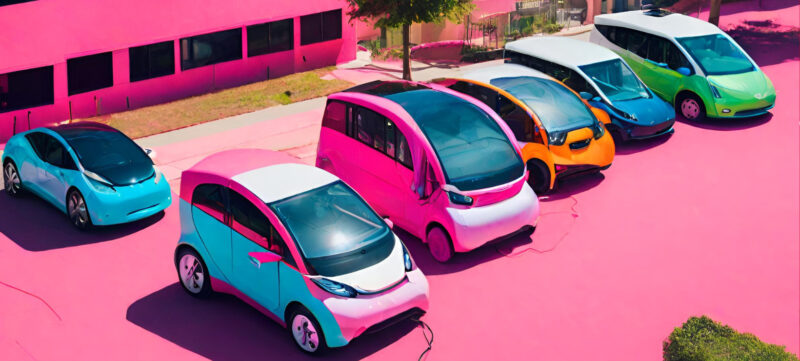
Evolution of EV Technology
EV technology has evolved rapidly over the past decade. Today’s EVs are equipped with high-capacity batteries that allow for longer travel distances, fast-charging infrastructure that reduces charging time, and smart systems that optimize energy use. This progress has made EVs an increasingly practical and appealing choice for consumers.
Electric transportation plays a vital role in reducing carbon emissions. Unlike conventional vehicles that run on fossil fuels, EVs emit no tailpipe pollutants. As more electricity is generated from renewable sources, the environmental benefits of electric transportation will continue to grow.
Expansion of EV Infrastructure
A crucial aspect of the EV revolution is the expansion of charging infrastructure. Governments, businesses, and energy providers are investing in the development of a robust charging network to support the growing number of EVs on the road. This expansion aims to alleviate concerns about range anxiety and further encourages the widespread adoption of EVs by providing convenient and accessible charging options.
Electrification of Public Transportation
Beyond personal vehicles, sustainable technology is influencing public transportation. Many cities are investing in electric buses, trams, and trains to reduce emissions and improve air quality. The electrification of public transit not only contributes to environmental goals but also enhances the overall livability of urban areas by reducing noise pollution and promoting cleaner air.
Sustainable Artificial Intelligence (AI)
AI holds substantial promise for economic, social, and environmental benefits, yet its energy-intensive operations pose a threat to natural resources. As such, sustainable AI aims to leverage AI for both financial and nonfinancial gains across industries while minimizing its environmental impact and footprint.

AI applications can play a role in achieving environmental objectives, such as monitoring climate trends, optimizing recycling processes, and enhancing transportation efficiency. However, concerns arise from the substantial energy consumption associated with AI training in data centers, constituting 2% of U.S. electricity use (Panetta, 2023).
Decentralized AI and Edge Computing
To mitigate the environmental impact of centralized data centers, there is a growing emphasis on decentralized AI and edge computing. Distributing AI processing to edge devices and local servers reduces the need for extensive data transfer and large-scale data centers, thereby minimizing energy consumption. This approach is particularly relevant for applications that require real-time processing, such as smart cities and autonomous vehicles.
Promoting the Sustainable Use of AI
Proposed recommendations to foster sustainable AI include adopting efficient models, monitoring energy consumption, managing AI workloads strategically, procuring clean power, and assessing environmental impacts in AI strategy development.
For business leaders, the key practices involve navigating the trade-offs in AI usage, ensuring efficient AI development to mitigate resource consumption and climate impact, and integrating environmental considerations into AI strategy development to avoid investments in environmentally harmful use cases.
Transparency and Accountability
Promoting sustainability in AI also involves transparency and accountability in how AI technologies are developed and utilized. Companies and developers are increasingly encouraged to disclose the environmental impact of their AI applications and practices. This transparency allows stakeholders, including consumers and investors, to make informed decisions about supporting or investing in AI technologies that align with environmental sustainability goals.
Green Building Materials
Green building materials represent another exciting advancement in sustainable technology. These eco-friendly alternatives to traditional construction materials are not only better for the environment, but they can also improve the energy efficiency and overall sustainability of buildings.

Advancements in Eco-Friendly Construction
New developments in eco-friendly construction include the use of recycled materials, renewable resources, and energy-efficient designs. For example, bio-based insulation made from natural materials like hemp or straw can significantly improve a building’s energy efficiency. Similarly, reclaimed wood and metal can be used in place of newly manufactured materials, conserving resources and reducing waste.
Sustainable building has significant benefits for urban development. Green buildings consume less water and energy, reducing their environmental footprint and saving costs in the long run. They also improve indoor air quality and create healthier, more comfortable living and working environments.
Life Cycle Assessment and Environmental Certification
Sustainable building practices extend beyond materials to encompass the entire life cycle of a structure. Life cycle assessment tools and environmental certification systems, such as LEED (Leadership in Energy and Environmental Design) or BREEAM (Building Research Establishment Environmental Assessment Method), are increasingly guiding construction decisions. These tools evaluate the environmental impact of materials and construction methods, promoting the use of environmentally friendly alternatives.
Economic Incentives for Sustainable Construction
Governments and organizations are increasingly recognizing the economic benefits of sustainable construction. Incentives such as tax credits, grants, and favorable regulations are encouraging builders and developers to adopt green building practices. These incentives not only promote environmental stewardship but also create a more sustainable and economically viable construction industry.
Sustainable Agriculture Techniques
With the global population set to reach nearly 10 billion by 2050, sustainable agriculture techniques are more important than ever. These innovations aim to increase food production while minimizing environmental impact (Akash, 2023).

Breakthroughs in Precision Farming and Aquaponics
Breakthroughs in precision farming include the use of drones and satellite imagery for crop monitoring, data analytics for optimal resource use, and automated machinery for efficient farming. In addition, aquaponics – a system that combines fish farming with hydroponics – is gaining attention as a water-efficient method of growing crops.
Beyond precision farming and aquaponics, regenerative agriculture practices are gaining prominence as a sustainable approach to cultivation. Techniques such as cover cropping, crop rotation, and agroforestry aim to restore soil health, enhance biodiversity, and sequester carbon. These practices not only improve the long-term resilience of agricultural ecosystems but also contribute to mitigating climate change by capturing and storing carbon in the soil.
How Sustainable Agriculture Can Address Food Security
Sustainable agriculture can play a crucial role in addressing food security. By increasing efficiency and productivity, these innovative techniques can help meet the growing demand for food without depleting resources or harming the environment. Furthermore, they can support the livelihoods of farmers and contribute to rural development.
Community-Supported Agriculture (CSA)
Through CSA programs, individuals or communities subscribe to receive a share of a farm’s produce regularly. This approach fosters a direct relationship between consumers and farmers, supports local economies, and encourages sustainable farming practices that prioritize quality, diversity, and environmental stewardship.
Waste Management Solutions
The last innovation on our list involves waste management solutions. As waste volumes continue to rise, finding effective ways to manage this waste is paramount. Innovations in recycling and upcycling are leading the charge (Akash, 2023).

Innovations in Recycling and Upcycling
New recycling technologies are improving the sorting, cleaning, and processing of waste materials, allowing more waste to be turned into new products. Meanwhile, upcycling – the process of transforming waste materials into higher value products – is gaining traction as a creative and sustainable solution to waste.
Smart Bins and Internet of Things (IoT) in Waste Management
The integration of IoT technology in waste management has led to the development of smart bins. These bins use sensors to monitor waste levels, optimizing collection routes and schedules. This not only reduces operational costs for waste management services but also enhances efficiency by ensuring that bins are emptied only when necessary.
The Future of Waste Reduction and Circular Economy
Looking ahead, waste reduction and the promotion of a circular economy are essential for a sustainable future. Closed-loop systems emphasize the design and manufacturing of products with a focus on reuse, remanufacturing, and recycling. This approach minimizes the extraction of new resources, reduces waste generation, and fosters a sustainable and regenerative cycle where materials are continually reused and repurposed.
Wrapping Up: Going Towards a Greener Future
As we wrap up our article on the most promising innovations in sustainable technology to watch out for in 2024, it’s evident that these advancements hold immense promise for a greener, more sustainable future. From renewable energy to EVs, sustainable agriculture, and waste management, these innovations are driving positive change on a global scale. By embracing these changes, we can move closer to a world where technology and sustainability go hand in hand.
References
Akash, S. (2023). Sustainable Technology: Green Innovations for 2024 and Beyond. IndustryWired. https://industrywired.com/sustainable-technology-green-innovations-for-2024-and-beyond/
Ironhack. (2023). Sustainability In Tech: How Green Practices Are Shaping The Industry In 2024. Ironhack. https://www.ironhack.com/gb/blog/sustainability-in-tech-how-green-practices-are-shaping-the-industry-in-2024
McCartney, A. (2023). Top 10 Strategic Technology Trends for 2024. Gartner. https://www.gartner.com/en/articles/gartner-top-10-strategic-technology-trends-for-2024
Panetta, K. (2023). 5 Ways to Develop Sustainable AI & Limit Climate Impacts. Gartner. https://www.gartner.com/en/articles/keep-ai-from-doing-more-climate-harm-than-good
